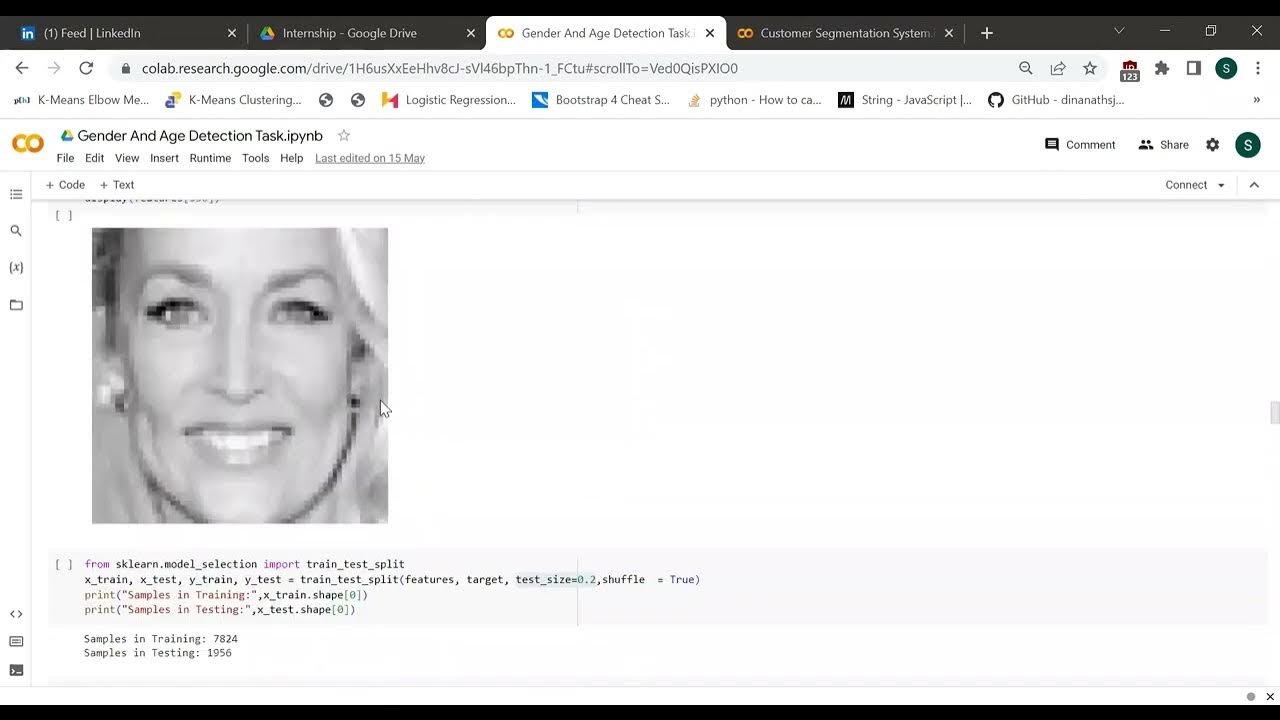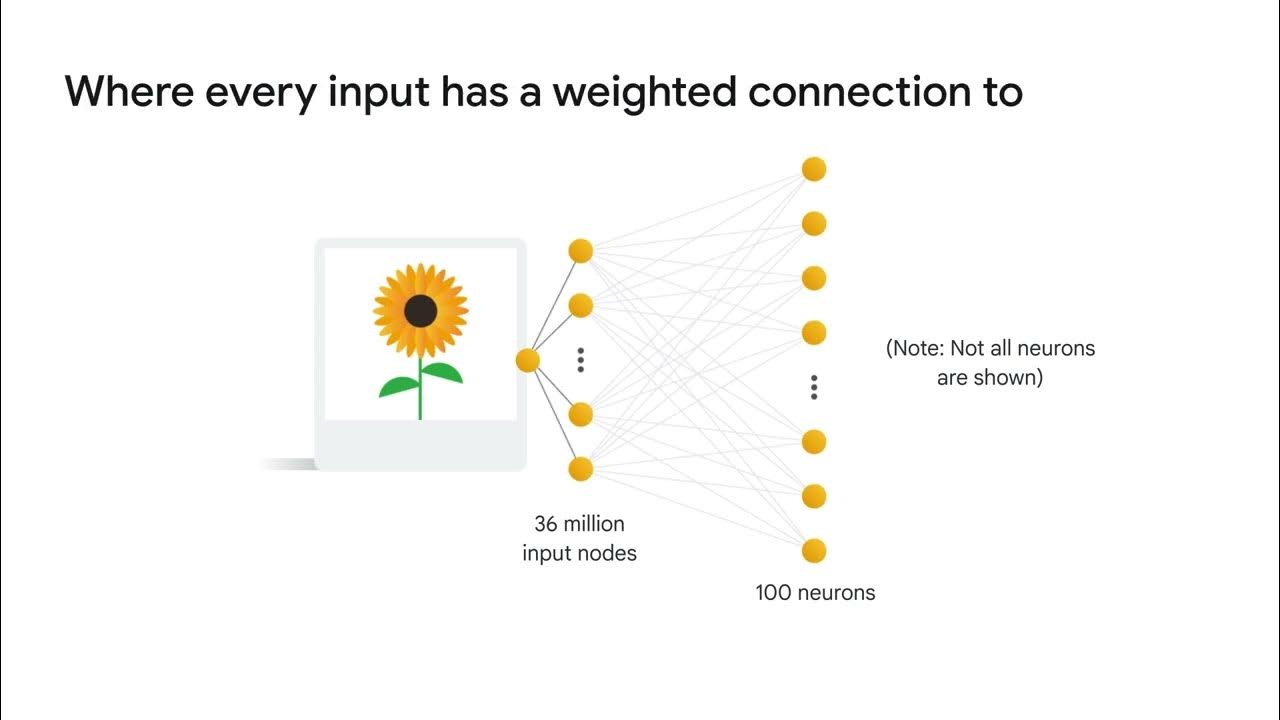Prediksi Tumor Otak (Convolutional Neural Network) | Deep Learning Project 1
Summary
TLDRThis tutorial walks through the process of building and testing a Convolutional Neural Network (CNN) for brain tumor detection. The steps include preparing the dataset, training the CNN model with image data, and saving the model to avoid re-training. The video also covers how to test the model with new images, demonstrating its ability to detect brain tumors with high accuracy. A practical, hands-on guide for anyone interested in AI-based image classification, particularly for medical applications like tumor detection.
Takeaways
- 😀 The project is focused on building a Convolutional Neural Network (CNN) to predict brain tumors from X-ray images.
- 😀 The model is trained to classify images into two categories: tumor detected (label = 1) and no tumor detected (label = 0).
- 😀 Training data needs to be saved locally to avoid retraining the model each time testing is done.
- 😀 The model is saved using `model.save()` with a `.h5` file extension for future use and predictions.
- 😀 During testing, the image size is resized to 224x224 pixels to match the input size of the model.
- 😀 The `predict()` function classifies the input image, outputting either 'tumor detected' or 'no tumor detected'.
- 😀 A sample image of a brain tumor was tested and predicted correctly as 'tumor detected'.
- 😀 Another sample image with no tumor was also tested, and the model correctly predicted 'no tumor detected'.
- 😀 The model uses sequential layers, which can sometimes cause errors if the input data does not match the expected format.
- 😀 The project demonstrates a CNN's ability to classify brain tumor images with good accuracy and visual results.
- 😀 The presenter encourages viewers to suggest future project ideas, and offers to explore those ideas in upcoming videos.
Q & A
What is the main goal of the deep learning project discussed in the video?
-The main goal of the project is to build a system for predicting brain tumor diseases using deep learning, specifically through a Convolutional Neural Network (CNN). The system takes X-ray images of the brain as input and predicts whether the brain is affected by a tumor or not.
Why is feature extraction necessary in this project before training the CNN model?
-Feature extraction is essential because directly feeding raw image data into the CNN would require significant computational resources. By extracting relevant features from the images, the system reduces the complexity of the input, making the model more efficient and reducing computation time during training.
What is the purpose of the convolutional layer in the CNN model?
-The convolutional layer in the CNN model is responsible for extracting features from the input image. It applies filters to the image to detect patterns such as edges, textures, and other relevant features that help the model understand the image content.
What role do the pooling and ReLU layers play in the CNN model?
-Pooling layers, like max pooling, reduce the dimensionality of the feature maps, thereby reducing the computational cost and retaining important information. ReLU (Rectified Linear Unit) layers apply a non-linear activation function that helps the model learn complex patterns and makes it more robust to small variations in the data.
What does the fully connected layer do in the CNN model?
-The fully connected layer in a CNN connects each neuron to every neuron in the previous layer, allowing the model to combine features learned from earlier layers and make a final decision about the image classification, such as predicting if a tumor is present or not.
What is the purpose of using binary cross-entropy as the loss function in this project?
-Binary cross-entropy is used as the loss function because the problem is a binary classification task: either the brain has a tumor (1) or it does not (0). This loss function measures the difference between the predicted probabilities and the true labels, helping the model adjust and improve its accuracy.
Why is the sigmoid activation function chosen for the output layer?
-The sigmoid activation function is chosen for the output layer because it outputs values between 0 and 1, which is ideal for binary classification problems. It helps in determining the probability that a given input belongs to a certain class (tumor or no tumor).
What was the accuracy achieved after training the CNN model, and how was it evaluated?
-After training the CNN model, an accuracy of 84% was achieved with a loss value of 0.5. The model was evaluated using the testing data, and the performance was visualized through accuracy and loss plots. This accuracy was deemed sufficient for the model to be used for predictions.
What is the purpose of saving the trained model before testing?
-Saving the trained model is important to avoid retraining the model every time you want to make predictions. By saving the model, it can be reloaded and used directly for testing without needing to repeat the training process.
How does the system perform testing and prediction on new brain tumor images?
-During testing, the system allows users to upload an image of a brain scan. The image is resized and passed through the trained model to predict whether it shows a tumor or not. The model outputs a prediction label, either 'tumor detected' or 'no tumor detected', based on the image.
Outlines

This section is available to paid users only. Please upgrade to access this part.
Upgrade NowMindmap

This section is available to paid users only. Please upgrade to access this part.
Upgrade NowKeywords

This section is available to paid users only. Please upgrade to access this part.
Upgrade NowHighlights

This section is available to paid users only. Please upgrade to access this part.
Upgrade NowTranscripts

This section is available to paid users only. Please upgrade to access this part.
Upgrade NowBrowse More Related Video

Gender and Age Detection using CNN and SVM classifier | DL Project.

Convolutional Neural Networks

ANN vs CNN vs RNN | Difference Between ANN CNN and RNN | Types of Neural Networks Explained

Deep learning project in Hindi | Potato Disease Classification Using CNN - 1 : Problem Statement

Convolutional Neural Network (CNN) | Convolutional Neural Networks With TensorFlow | Edureka

Age and Gender Detection Using Classification and Regression | Deep Learning Project
5.0 / 5 (0 votes)